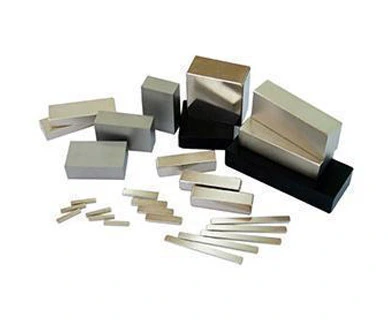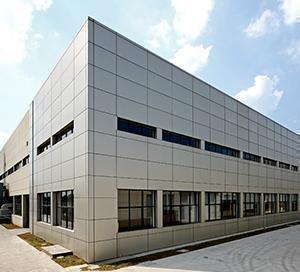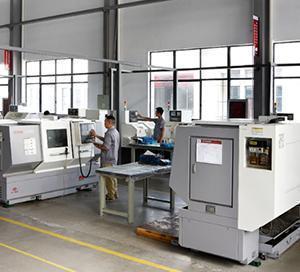Understanding of NdFeB magnets
NdFeB magnets are relatively powerful permanent magnets among contemporary magnets. In the initial stage of the invention of magnetic NdFeB magnets, because the main raw material for magnets, iron, and rare earth neodymium were very inexpensive, the price of the NdFeB magnet was far lower than that of the SmCo magnet whose main raw material was the strategic small metal cobalt. However, as the application scope and usage of NdFeB magnets continue to expand and the environmental protection requirements of the raw material production base continue to improve, the prices of rare earth metal materials have also risen, and the prices of special high-energy and high-coercive force NdFeB magnets are now on a par with those of SmCo permanent magnets whose main material is cobalt.
Although NdFeB magnets are relatively brittle and hard, compared with ferrite permanent magnets and AlNiCo permanent magnets, they have better mechanical processing performance and are easier to cut, drill, and process into complex shapes. The disadvantage of NdFeB magnets is poor temperature performance, high magnetic loss at high temperatures, and easy rusting. Therefore, they need to be operated at low temperatures, and the highest temperature is generally around 80 degrees Celsius. High coercive force magnets made by adding heavy rare earth metals and other trace metals to the formula can withstand temperatures up to 240 degrees Celsius. Because this material contains a large amount of neodymium and iron, it is susceptible to corrosion. Therefore, NdFeB magnets must be coated. They can be electroplated with nickel (Ni), zinc (Zn), gold (Au), chromium (Cr), epoxy resin (Epoxy) and so on.
Applications of NdFeB magnets
NdFeB magnets are widely used in industrial, aerospace, electronics, electromechanical, instrumentation, medical and other fields. The application of non-technical fields is becoming more and more widespread, such as adsorption magnets, toys, jewelry, and so on. Currently, many manufacturers will prioritize devices with such magnets when introducing magnetic field equipment, as such devices are not only relatively inexpensive but also perform better.
In addition, this kind of magnet can generate a relatively strong electromagnetic field, and at the same time, it has the characteristic function of attracting ferromagnetic chemical substances such as iron, nickel, cobalt, and other metals while supplying magnetic force. Moreover, it is often used as a constant magnetic field for watt-hour meters, generators, telephones, speakers, televisions, and microwave heating components, and is also commonly used as a magnetic core for various electronic products such as recording machines, pickups, and speakers. Its application is quite extensive.
Classification of NdFeB magnets
NdFeB magnets can be classified by shape: they can be divided into lattice magnets, tile magnets, special-shaped magnets, cylindrical magnets, circular magnets, disc magnets, ring magnets, and magnetic frame magnets.
They can be classified by temperature resistance: ordinary magnets and high-temperature magnets. Ordinary magnets can only work at room temperature, while high-temperature magnets can be divided according to the maximum working temperature based on different theories, such as H (120℃), SH (150℃), UH (180℃), EH (200℃), AH (220℃), TH (240℃), and RH (260℃).
They can be classified by application: servo motor permanent magnet, stepper motor permanent magnet, DC motor permanent magnet, wind power generator permanent magnet, traction machine permanent magnet, etc.
 English
English 日本語
日本語 한국어
한국어 français
français Deutsch
Deutsch Español
Español italiano
italiano русский
русский português
português العربية
العربية





